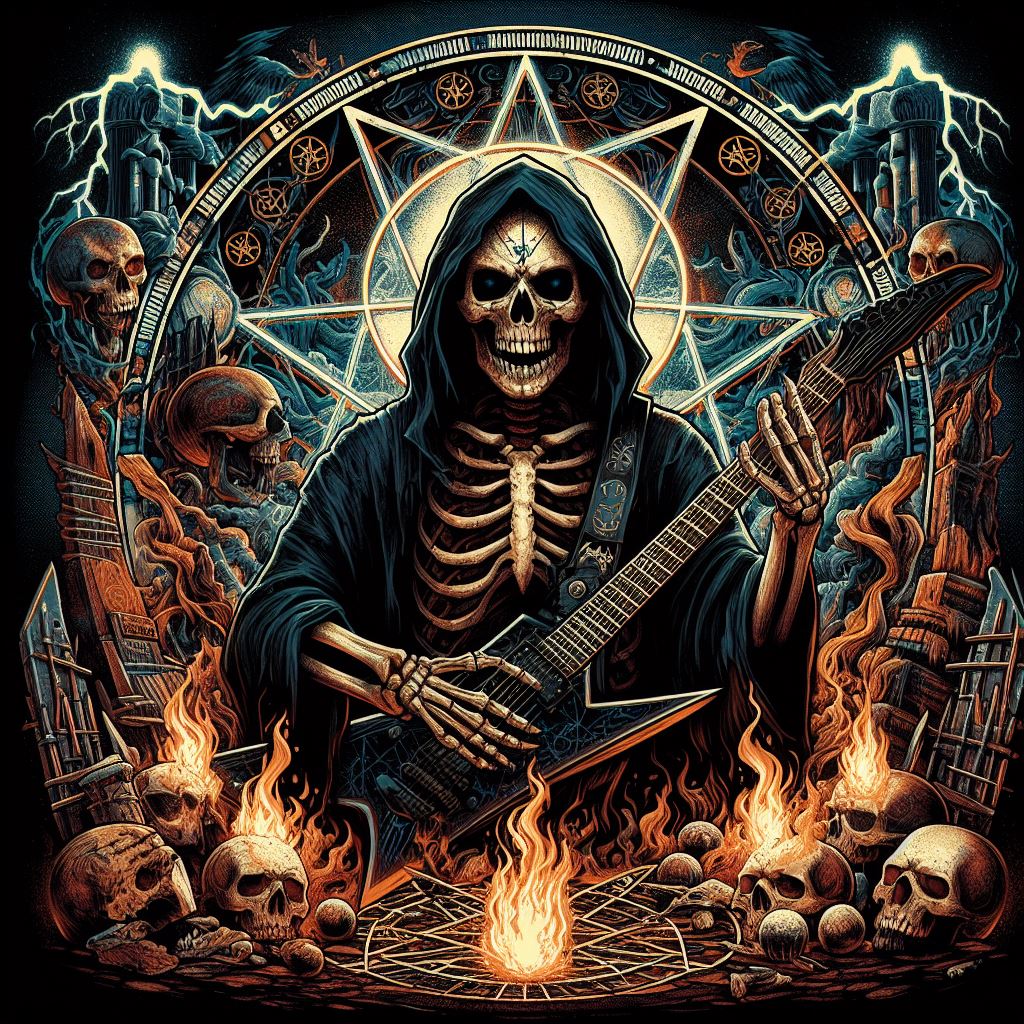Dream Theater, a name synonymous with technical mastery and epic compositions, boasts a rich history that stretches back to the mid-1980s. Their journey, however, began under a different moniker – Majesty. Formed in 1985 at Berklee College of Music by guitarist John Petrucci, bassist John Myung, and drummer Mike Portnoy, all bonded by their love for progressive rock and metal giants like Rush and Iron Maiden. The trio, united by their virtuosity and ambition, soon dropped out of Berklee to focus solely on their musical dream.
Majesty quickly evolved, adding keyboardist Kevin Moore and vocalist Chris Collins. They released a demo, “The Majesty Demos,” showcasing their burgeoning talent. However, the lack of a permanent vocalist led to a change in personnel. In 1987, Charlie Dominici stepped in, and the band, inspired by a now-demolished California movie theater, adopted the iconic name Dream Theater.
Their debut full-length album, “When Dream and Day Unite,” arrived in 1989 under the Mechanic Records label. Despite showcasing their progressive leanings with complex arrangements and extended compositions, the album did not achieve mainstream success. Label limitations and creative differences with Dominici ultimately led to his departure in 1991.
The turning point for Dream Theater came with the addition of Canadian vocalist James LaBrie. LaBrie’s powerful and versatile voice proved to be the perfect fit. Their 1992 album, “Images and Words,” marked a significant shift. While retaining their progressive core, the album offered a more accessible sound with radio-friendly singles like “Pull Me Under.” This newfound balance between melody and complexity propelled Dream Theater into the limelight, achieving their first and only gold-selling record in the US.
The band continued to push boundaries with subsequent releases like “Awake” (1994) and “Falling into Infinity” (1997), further solidifying their reputation as progressive metal titans. However, tensions arose within the band, particularly regarding artistic direction. Kevin Moore’s departure in 1994 and the addition of keyboardist Jordan Rudess in 1999 marked another turning point. Rudess’s virtuosity and jazz influences added a new dimension to their sound.
Dream Theater’s golden age arguably arrived with the release of the ambitious concept album, “Metropolis Pt. 2: Scenes from a Memory” in 2000. This 2-hour masterpiece showcased their storytelling prowess and musical maturity. Albums like “Six Degrees of Inner Turbulence” (2002) and “Octavarium” (2005) cemented their place as progressive metal royalty.
Despite critical acclaim and a dedicated fanbase, Dream Theater remained a niche act, often misunderstood by mainstream audiences. The band’s internal struggles continued, culminating in Mike Portnoy’s departure in 2010. After a period of uncertainty, they found a worthy successor in drummer Mike Mangini, and released the critically acclaimed “A Dramatic Turn of Events” in 2011.
Dream Theater has continued to evolve and experiment throughout the 2010s and 2020s, with albums like “The Astonishing” (2016) and “Distance Over Time” (2019) showcasing their enduring creative spirit. In a surprising turn of events, Mike Portnoy rejoined the band in October 2023, marking a new chapter for the progressive metal veterans.
Dream Theater’s legacy is undeniable. They have defied categorization, bridging the gap between heavy metal and complex progressive rock. Their influence on countless musicians and the entire progressive metal scene is immeasurable. As they continue to push boundaries and explore uncharted sonic territories, one thing remains certain – Dream Theater’s story is far from over.

Leave a Reply
You must be logged in to post a comment.